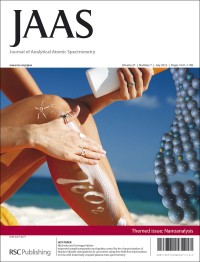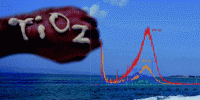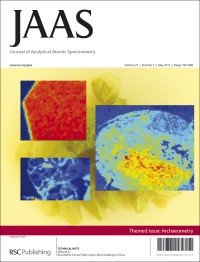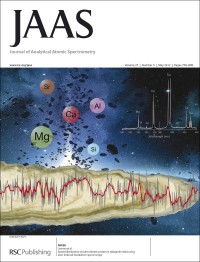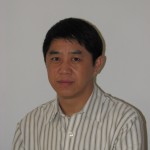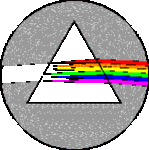 Nominations are open for the 2013 “Bunsen-Kirchhoff-Preis für analytische Spektroskopie”. This award, from the German Working group for Applied Spectroscopy (DASp), honours the work of young scientists from universities, research institutes or industry who have made excellent contributions to analytical spectroscopy.
Nominations are open for the 2013 “Bunsen-Kirchhoff-Preis für analytische Spektroskopie”. This award, from the German Working group for Applied Spectroscopy (DASp), honours the work of young scientists from universities, research institutes or industry who have made excellent contributions to analytical spectroscopy.
The Award consists of an award-document and an amount of €2500 sponsored by Perkin Elmer, and nominations are preferred for work in new and emerging areas, such as spectroscopy in nano compartments, and spectroscopy of biomolecules.
Each nomination should include:
– a letter detailing the candidate’s accomplishments
– a list of publications or recent work
– scientific curriculum vitae stating the age of the candidate, their address and contact details
Nominations should be from a member of DASp but eligibility is open for any scientist meeting the requirements. Self-nomination is excluded. The recipient will be decided by a jury comprising current members of the board of DASp. Further information is available here.
The deadline for nominations is 15 December 2012, and all documents should be sent to:
Prof. Dr. Detlef Günther, President of the Jury for the Bunsen-Kirchhoff Award 2013
ETH Zürich, Laboratorium für Anorganische Chemie, Wolfgang-pauli-Str. 10, HCI G113, CH-8093 Zürich (Schweiz) detlef.guenther@inorg.chem.ethz.ch
Take a look at some recent papers from previous winners of the Bunsen-Kirchhoff Award:
2010 Janina Kneipp
Iodine as an elemental marker for imaging of single cells and tissue sections by laser ablation inductively coupled plasma mass spectrometry
Charlotte Giesen, Larissa Waentig, Thomas Mairinger, Daniela Drescher, Janina Kneipp, Peter H. Roos, Ulrich Panne and Norbert Jakubowski
J. Anal. At. Spectrom., 2011,26, 2160-2165
DOI: 10.1039/C1JA10227C
2009 Joachim Koch
Visualization, velocimetry, and mass spectrometric analysis of engineered and laser-produced particles passing through inductively coupled plasma sources
Luca Flamigni, Joachim Koch, Helmar Wiltsche, Robert Brogioli, Sabrina Gschwind and Detlef Günther
J. Anal. At. Spectrom., 2012,27, 619-625
DOI: 10.1039/C2JA10317F
2007 Jörg Bettmer
Analysis of hepcidin, a key peptide for Fe homeostasis, via sulfur detection by capillary liquid chromatography-inductively coupled plasma mass spectrometry
T. Konz, M. Montes-Bayón, J. Bettmer and A. Sanz-Medel
J. Anal. At. Spectrom., 2011,26, 334-340
DOI: 10.1039/C0JA00053A












 The Society for Applied Spectroscopy (SAS) and the Federation of Analytical Chemistry and Spectroscopy Societies (FACSS) have announced that JAAS Advisory Board member
The Society for Applied Spectroscopy (SAS) and the Federation of Analytical Chemistry and Spectroscopy Societies (FACSS) have announced that JAAS Advisory Board member 